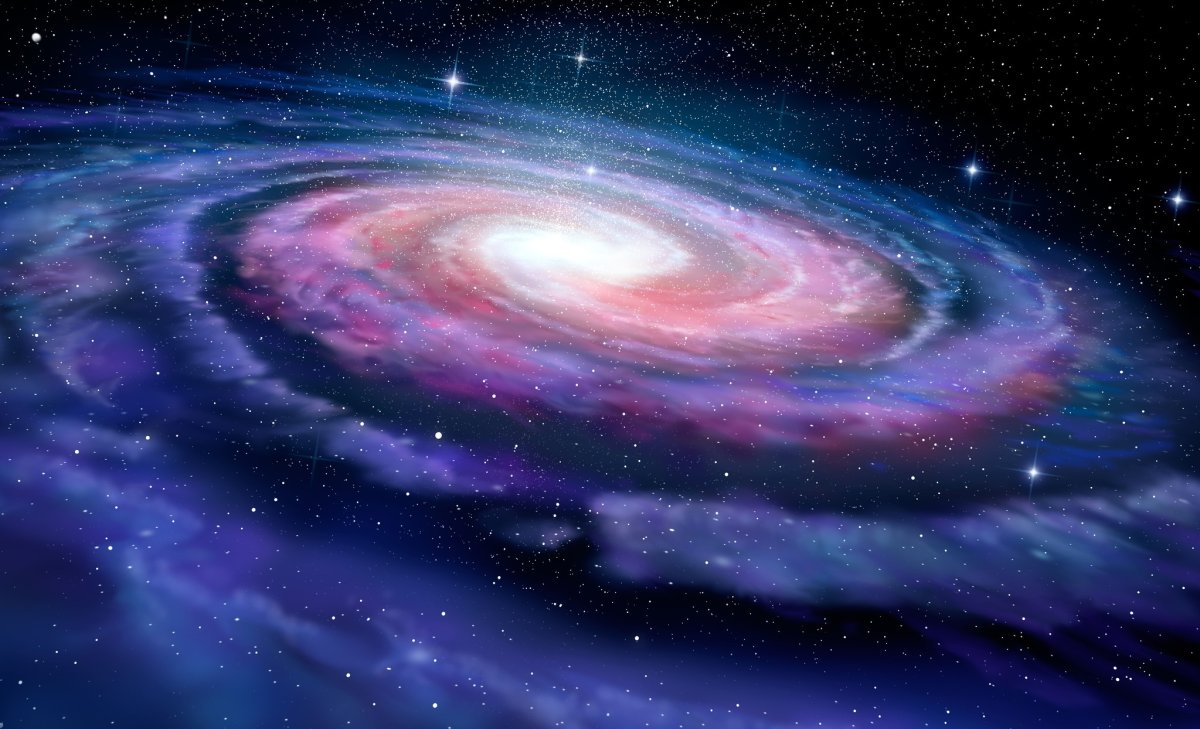Physicists have created what has been called the largest and most detailed map of the universe ever—and it's not even close to being finished yet.
The map of the universe was created by the Dark Energy Spectroscopic Instrument (DESI), managed by the U.S. Department of Energy's Berkeley Lab at the University of California.
DESI works by peering into space to measure the radiation given off by distant objects. It contains thousands of fiber-optic cables that are each positioned so that they can collect light from individual galaxies.
🔭 #DarkEnergy Spectroscopic Instrument (DESI) Creates Largest #3D Map of the Cosmos 🪐☄️💫✨
— Berkeley Lab (@BerkeleyLab) January 14, 2022
⬇️https://t.co/QPHrhYxv5o @desisurvey pic.twitter.com/dimPVO5cvl
These fibers extend down to 30 detectors, which then receive the light that's passed to them and turn it into data that scientists can observe.
Specifically, scientists are looking to see how much light from these galaxies has been redshifted—stretched out so that it appears red—by the expansion of the universe in the billions of years it has taken for the light to reach Earth.
By measuring this phenomenon scientists can see how far away galaxies are, create a 3D map of the universe, and start to chart patterns like clusters of galaxies or large voids where there are none.
These patterns are like "echoes" of the early universe, and scientists can trace them back in time to understand the history of the expansion of space, according to a Berkeley Lab press release.
"There is a lot of beauty to it," Berkeley Lab scientist Julien Guy, describing the 3D map that DESI has created so far, said in the press release. "In the distribution of the galaxies in the 3D map, there are huge clusters, filaments, and voids. They're the biggest structures in the universe. But within them, you find an imprint of the very early universe, and the history of its expansion since then."
Scientists hope to use DESI and the universe's historic expansion data to better understand dark energy—the mysterious force that's making the universe bigger and bigger all the time.
By getting a better understanding of dark energy, physicists will be able to predict how the universe will end. Will it keep expanding forever? Will it slow down and collapse into itself like a reverse Big Bang? Will it keep expanding faster and faster until everything rips apart? It's still uncertain.
DESI's universe map is only 10 percent finished. It started its survey in May 2021.
Meanwhile, other scientists are using its data to analyze black holes and find out whether small ones inhabit the centers of small galaxies, in the same way that large ones are known to inhabit the centers of large galaxies.
The DESI survey has already catalogued more than 7.5 million galaxies and is expected to have logged more than 35 million when the survey ends in 2026.
"All this data is just there, and it's just waiting to be analyzed," Ragadeepika Pucha, a graduate student in astronomy at the University of Arizona working on DESI, said in a press release. "And then we will find so much amazing stuff about galaxies. For me, that's exciting."
The map can be seen on the Berkeley Lab's website here.
It is not the first time that physicists have created maps of the universe. Astronomers have in the past created an X-ray map of the cosmos containing more than one million objects.

Uncommon Knowledge
Newsweek is committed to challenging conventional wisdom and finding connections in the search for common ground.
Newsweek is committed to challenging conventional wisdom and finding connections in the search for common ground.
About the writer
To read how Newsweek uses AI as a newsroom tool, Click here.








